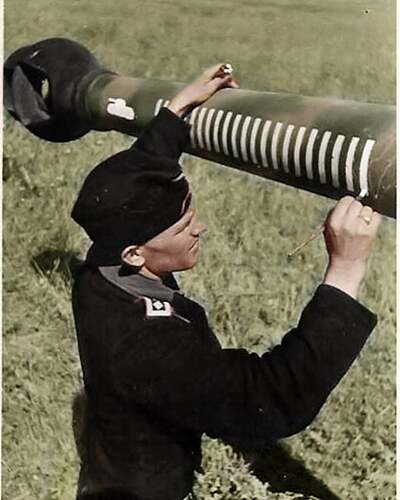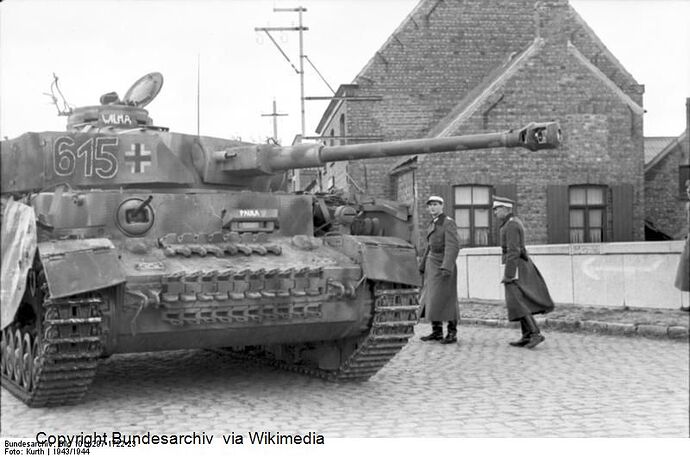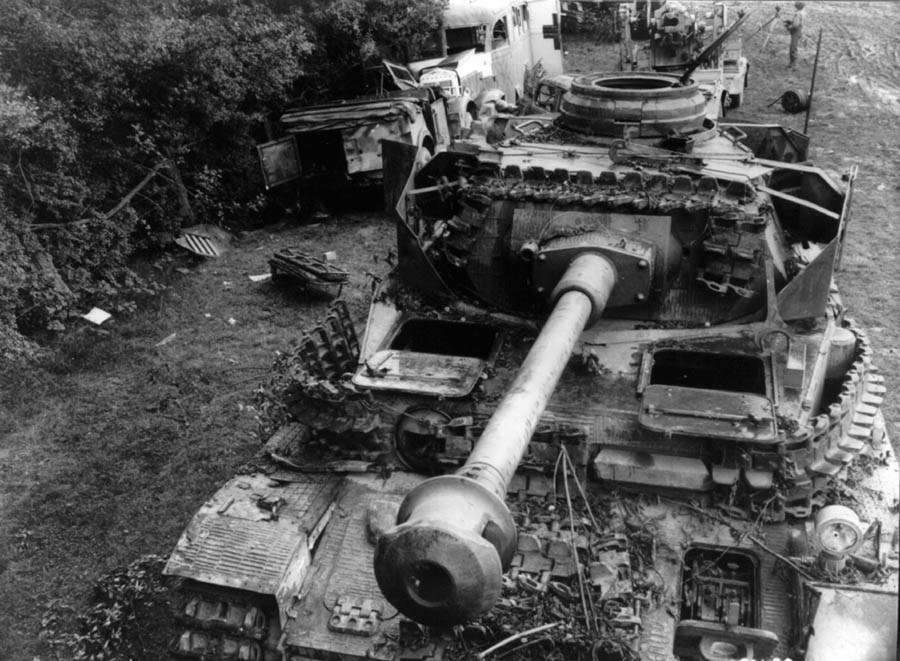Ha, the last one is one hell of a muzzle brake, I am going to do that someday! 
This hobby really came in a dark moment in my life, I always liked WW2 military vehicles as a child and in adulthood I spent a lot of time looking at other people’s models thinking it was too difficult for me.
Then a couple of months ago got this ISU on the Amazon suggestions and told me “what the hell, why not?”.
The plan originally was to buy the model, assemble it, applying some cheap artist paint and be done with it.
Assembly was surprisingly easy, barring some unclear instructions from the Zvezda leaflet.
Had zero tools, just a nail file and a box cutter.
I also was forced to put away the revell cement, as it’s fumes proved deadly to me with a very strong eye/nose irritation even with the few tiny drops applied. Solved it buying the Tamyia Lemonene glue, it lacks the precision nozzle but it glues and smells tasty.
Artist paint without primer was a disaster with horrendous brush marks and paint globs, so I took it away and spent 2 days scrubbing with toothbrush and alcohol, with my heart reaching the bottom of my feet because I had grown affectionate to that lump of plastic.
Since then, it snowballed out of control with me impulse buying a cheap 60 € airbrush not even knowing how to operate and clean it, Italeri paints, thinner and a Tamyia Fine Surface Primer can.
Then spent a couple of hobby days essentially unclogging, cleaning and swearing until I found the right thinner balance for the airbrush (LOTS and LOTS).
Meanwhile bought some revell files and tweezers and an Army painter sprue cutter to use for my next model which I also ended up inpulse-buying, a newer Zvedza kit, a KV-2, currently sitting on my shelf.
(I just inspected it, it looks like a much newer kit with an actual instruction booklet, more decals and a nice set of plastic tracks.
This hobby will definitely help me to take my mind off my life, so I hope to be a regular presence around here. I’ll post updates in the weekend, that’s when I usually work.
By the way, since the shop is very far from my home I have a chance to hoard some materiel at decent prices. They got Humbrol and Vallejo stuff. Anything you think I should buy besides the already mentioned items?
I was thinking of making a German vehicle after the ISU, for now I want to avoid camos so it’s going to be the standard german grey. What would the Vallejo equivalent be?







